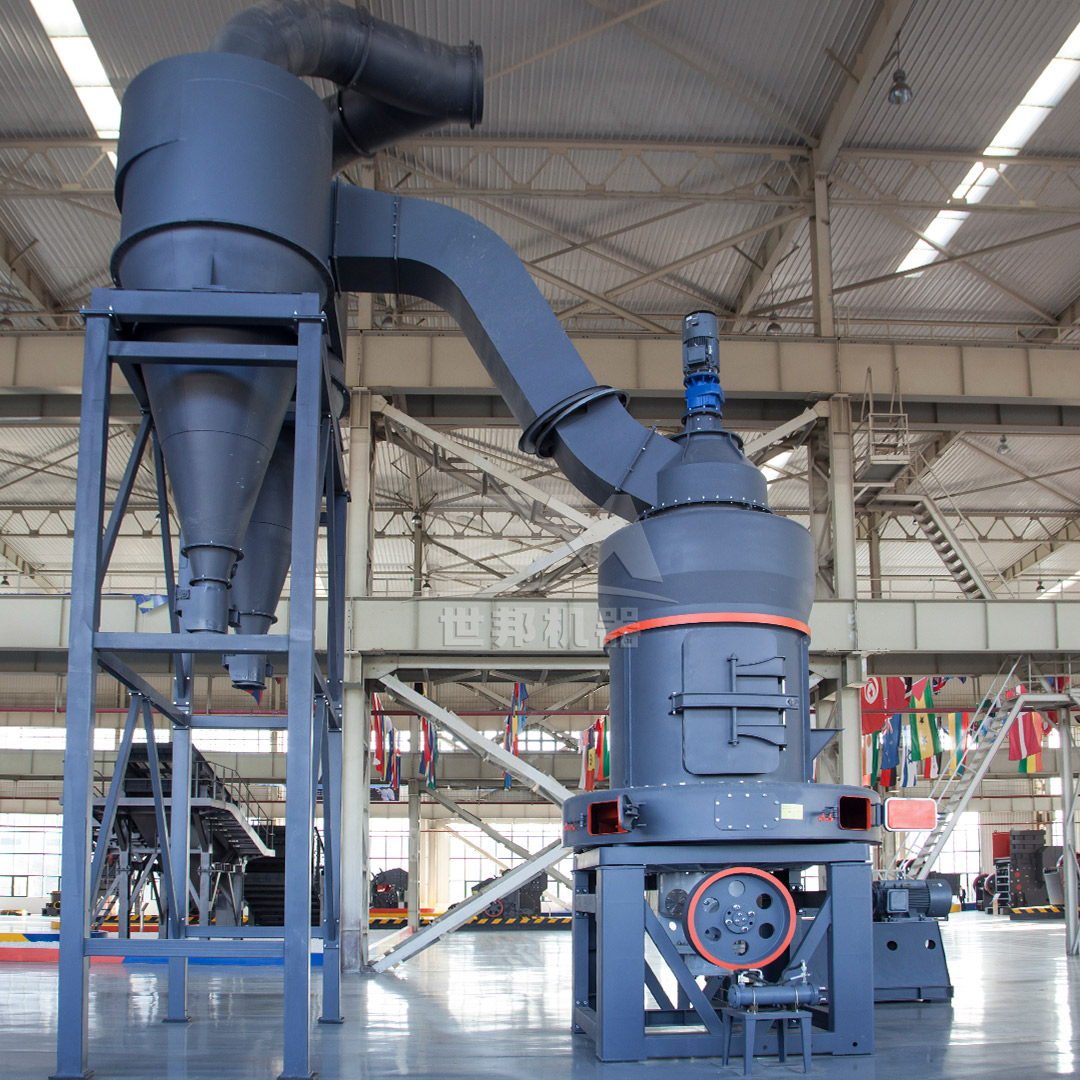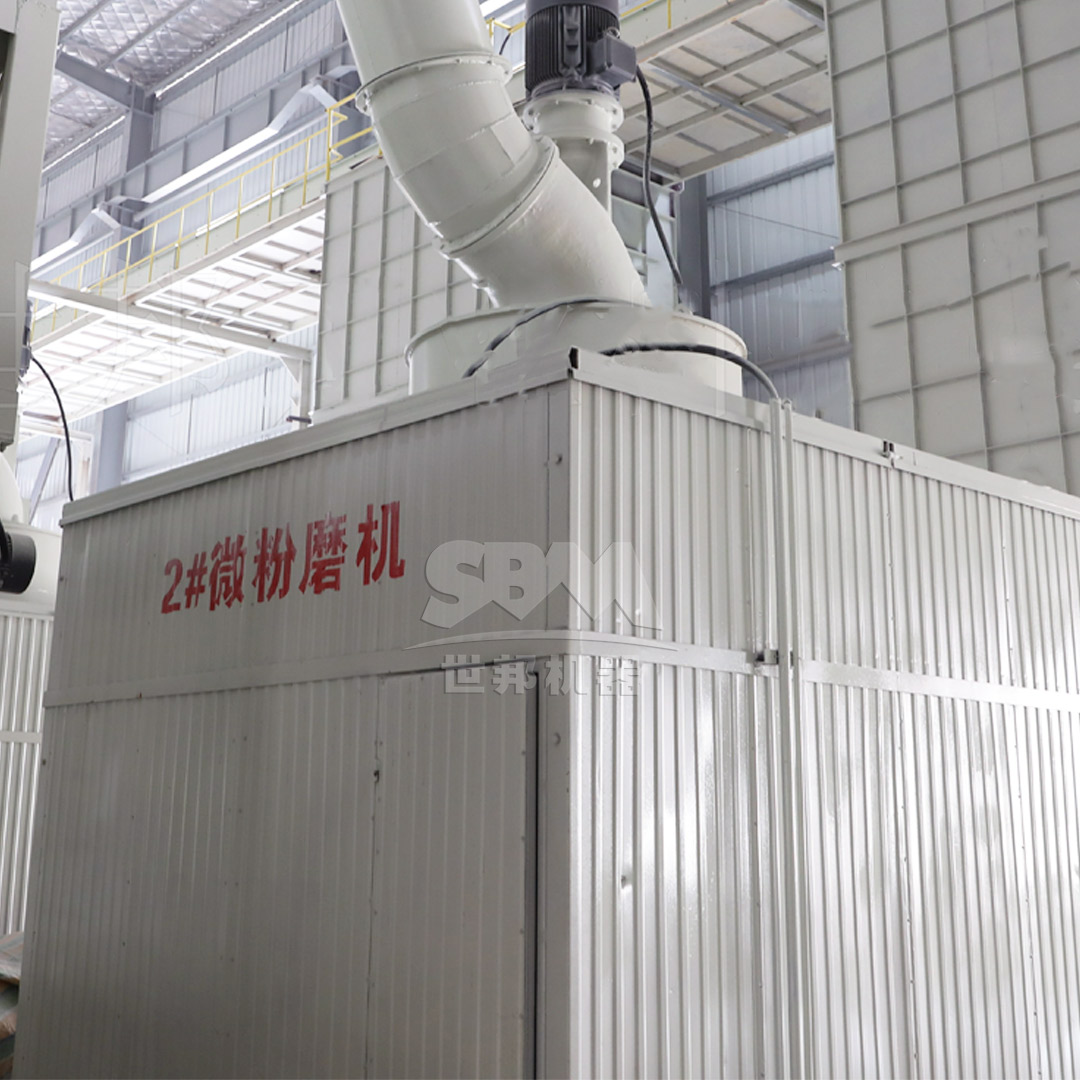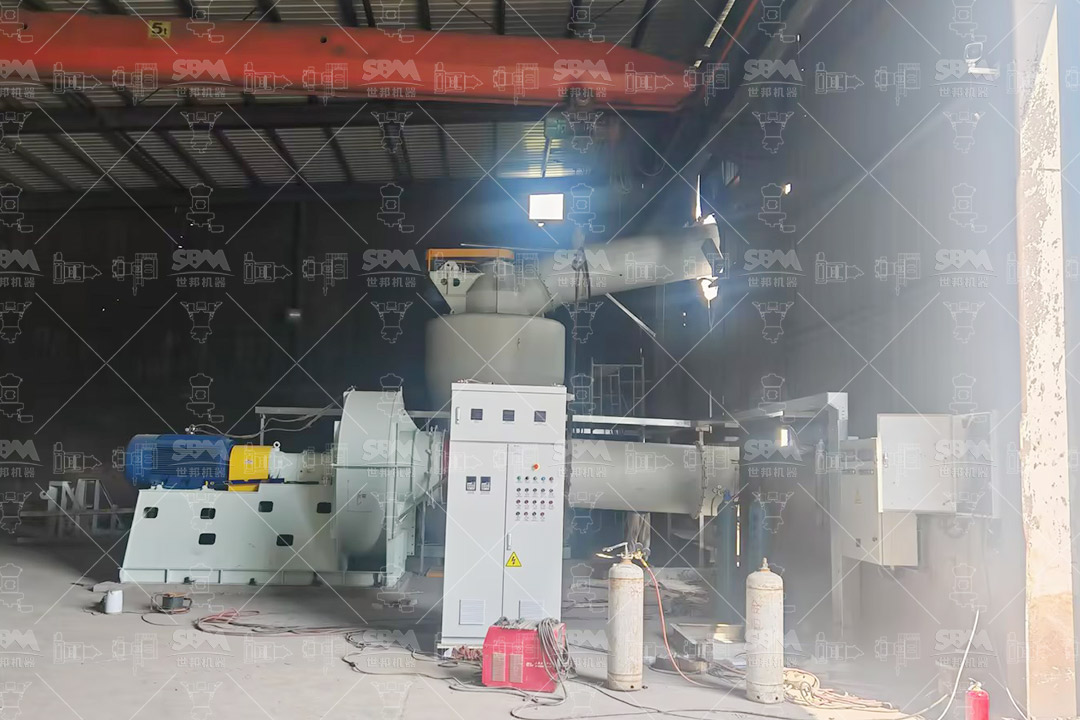Barite (BaSO₄), also known as baryte or heavy spar, is a critical mineral extensively used in the paint and coating industry as an extender and filler. Its high specific gravity (4.3-4.6), chemical inertness, low oil absorption, and brilliant white color make it an ideal component for enhancing various properties of coatings. The performance of barite in final formulations is directly influenced by its particle size distribution, purity, and surface characteristics, all of which are determined by the grinding technology employed.

The efficacy of barite in paint systems depends on achieving specific physical and chemical parameters through precise grinding.
For most paint applications, barite requires a fine and tightly controlled particle size distribution. Coarse particles can adversely affect gloss, texture, and film integrity.
| Application | Target Fineness (D97) | Benefits |
|---|---|---|
| High-Gloss Paints | 2-5 μm (2500-6000 mesh) | Superior smoothness, enhanced gloss |
| Semi-Gloss/Matt Paints | 5-10 μm (1250-2500 mesh) | Good opacity, controlled sheen |
| Primers & Undercoats | 10-45 μm (325-1250 mesh) | Excellent filling properties, cost-effectiveness |
| Anti-Corrosive Coatings | 5-15 μm (800-2500 mesh) | Barrier reinforcement, density |
High-purity barite with minimal impurities (especially iron oxides) is essential to maintain the desired color tone in white and light-colored paints. The grinding process must not introduce contamination that could reduce brightness.
Barite’s naturally low oil absorption allows for higher loading levels without significantly increasing the viscosity of the paint, leading to more cost-effective formulations.
Choosing the appropriate milling technology is paramount to achieving the desired barite properties for paint and coating applications. The selection depends on the target fineness, required capacity, energy efficiency goals, and overall operational costs.
For formulations requiring the highest levels of gloss and smoothness, such as automotive and industrial finishes, ultra-fine barite (D97 ≤ 5μm) is essential. This level of fineness demands advanced grinding systems capable of high precision and consistent output.
For these demanding applications, we highly recommend our SCM Ultrafine Mill. This mill is specifically engineered to produce barite powder in the range of 325-2500 mesh (45-5μm), making it an ideal solution for high-gloss paint manufacturers. Its key advantages include:

The SCM series, with models like the SCM800 (0.5-4.5 t/h) up to the SCM1680 (5.0-25 t/h), provides a scalable solution for operations of any size, ensuring your barite grinding needs are met with precision and reliability.
Many industrial, architectural, and protective coatings utilize barite in the medium-fine range (30-325 mesh / 600-45μm). This includes primers, undercoats, and textured finishes where extreme fineness is not the primary concern, but consistent quality and high throughput are.
For these applications, our MTW Series Trapezium Mill is an excellent choice. Designed for robust performance and high capacity, the MTW mill efficiently processes barite to the specifications required for a wide array of coating products.
With models ranging from the MTW110 (3-9 t/h) to the high-capacity MTW215G (15-45 t/h), the MTW series offers the flexibility and power needed for large-scale production of barite for coatings.
Beyond selecting the right mill, optimizing the grinding circuit is crucial for maximizing product quality and operational economy.
Barite feedstock often contains moisture. Integrated drying systems or pre-drying the material ensures efficient grinding and prevents clogging. The MTM and MTW series mills can be equipped with hot air sources for simultaneous grinding and drying.
The classifier is the heart of a modern grinding plant, determining the final particle size distribution. Advanced classifiers in mills like the SCM and LUM series allow for real-time adjustment of the cut point, enabling producers to quickly switch between different product grades for various paint formulations.
Maintaining a clean operation is vital for product purity and worker safety. Modern mills come with integrated, high-efficiency pulse jet baghouse filters that ensure emissions are well below regulatory limits, protecting both the product and the environment.

The selection of an appropriate barite grinding mill is a strategic decision that directly impacts the quality, cost, and performance of paint and coating products. Whether the requirement is for ultra-fine particles for high-gloss applications or high-volume production for industrial coatings, matching the mill technology to the application is key.
Our SCM Ultrafine Mill stands out for the most demanding fine-grinding tasks, delivering unparalleled fineness and consistency for premium coatings. For high-capacity production of standard-grade barite, the MTW Series Trapezium Mill provides a robust, efficient, and cost-effective solution. By leveraging these advanced grinding technologies, paint and coating manufacturers can optimize their formulations, enhance product performance, and strengthen their competitive position in the market.